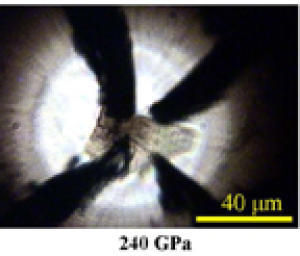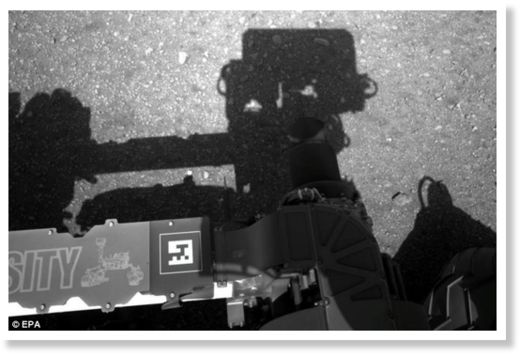
© Timurpix, ShutterstockA 50-year-old dad will pass on four times as many new mutations to his kids than would a 20-year-old father, according to research detailed in the journal Nature on Aug. 23, 2012.
The older a father is, the more likely he will pass new mutations to his children, upping the chances of disease, researchers say.
"A 36-year-old father gives twice more new mutations to his child than a 20-year-old father does, and a 50-year-old father gives about four times the number of mutations," said researcher Kari Stefansson, chairman and CEO of deCODE Genetics in Reykjavik, Iceland.
"This is not a subtle effect - this is a very, very large effect. And it increases the probability that a mutation may strike a gene that is very important, which can lead to a disease."
Past studies have linked a father's age at conception to the
risk of schizophrenia, autism and other mental disorders. The new research links new mutations to these same diseases - mutations seen in patients but not in their parents.
Genetic errors crop up in the body over time, and scientists had conjectured that
older parents accumulate more mutations in their sperm and egg cells than younger ones. To better understand the rate at which novel mutations emerge over time, researchers sequenced the entire genomes of 78 Icelandic trios of parents and offspring.
The scientists found that the
age of the father at conception was by far the dominant factor in determining the number of novel mutations in children.



